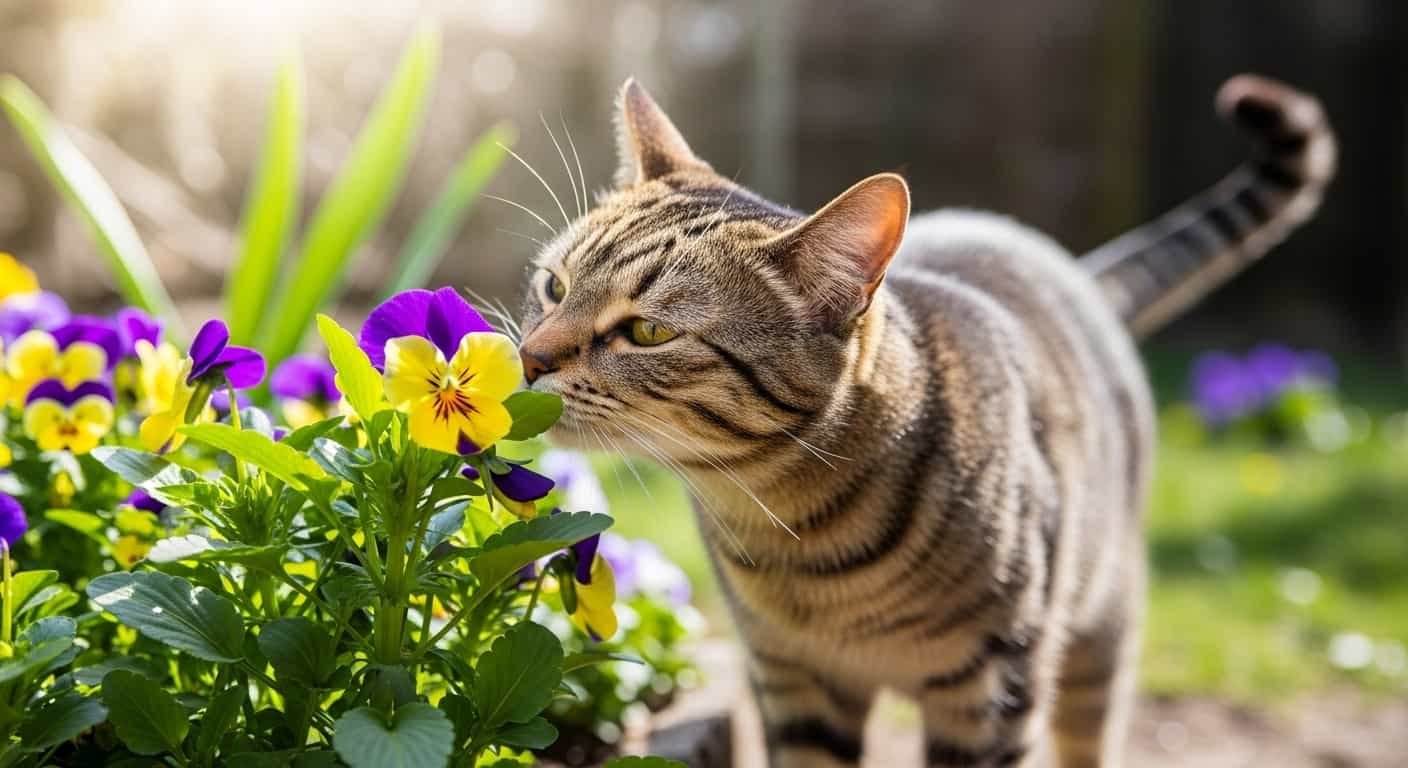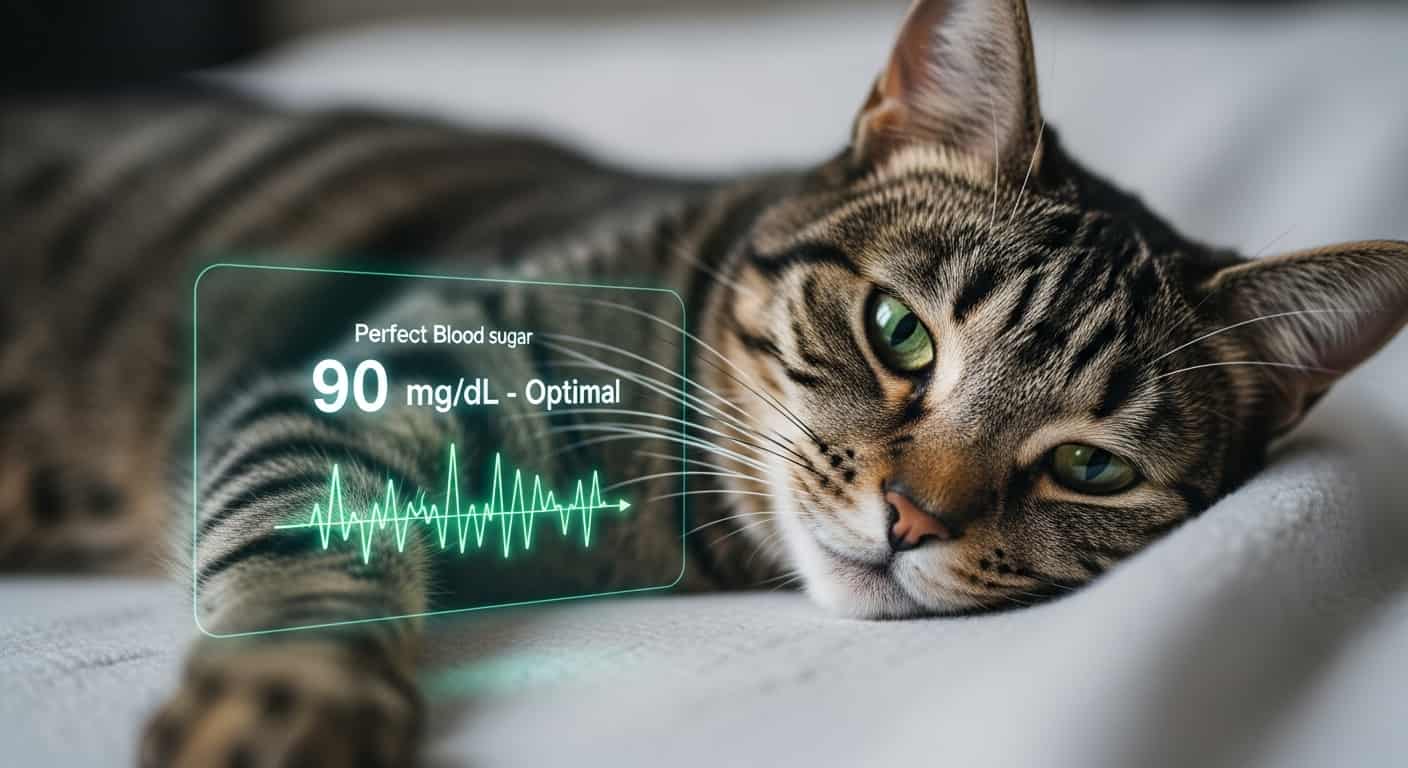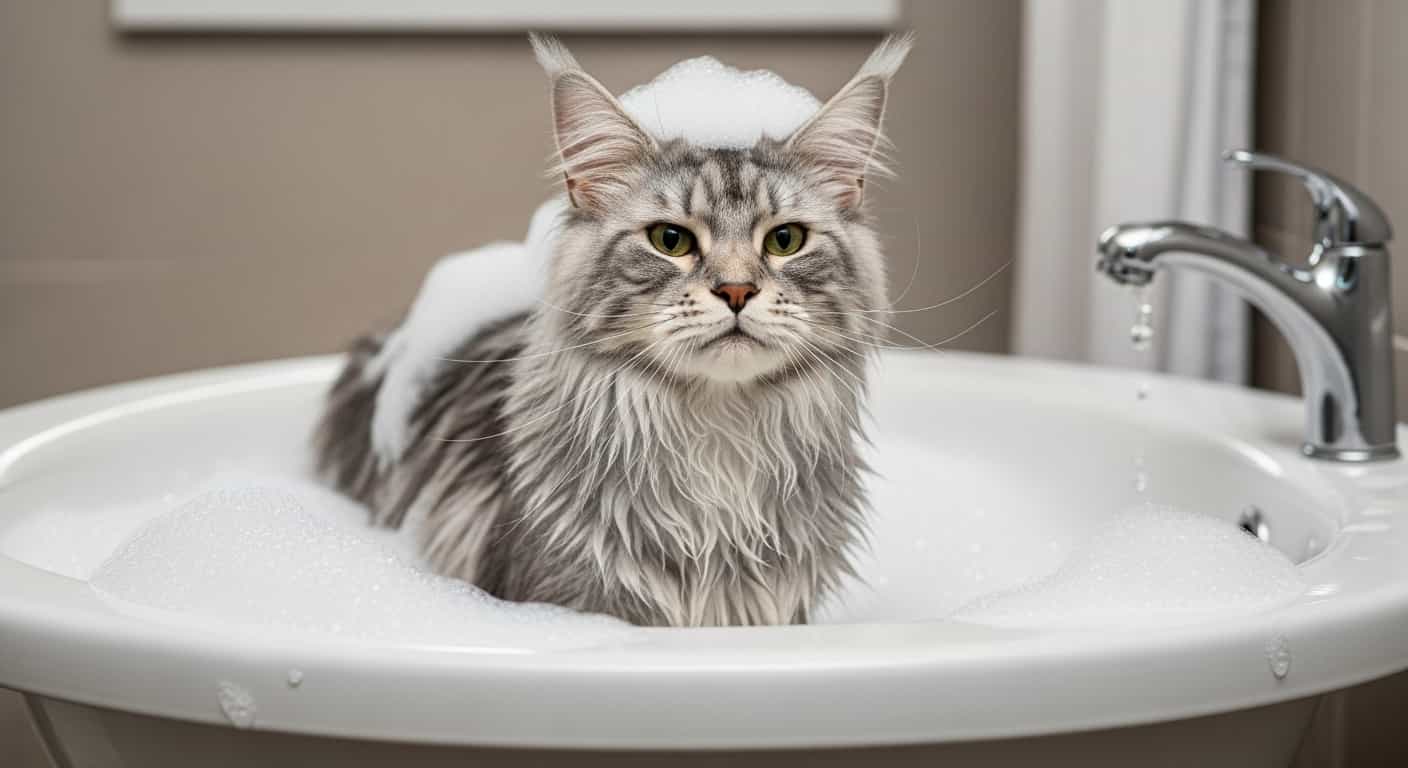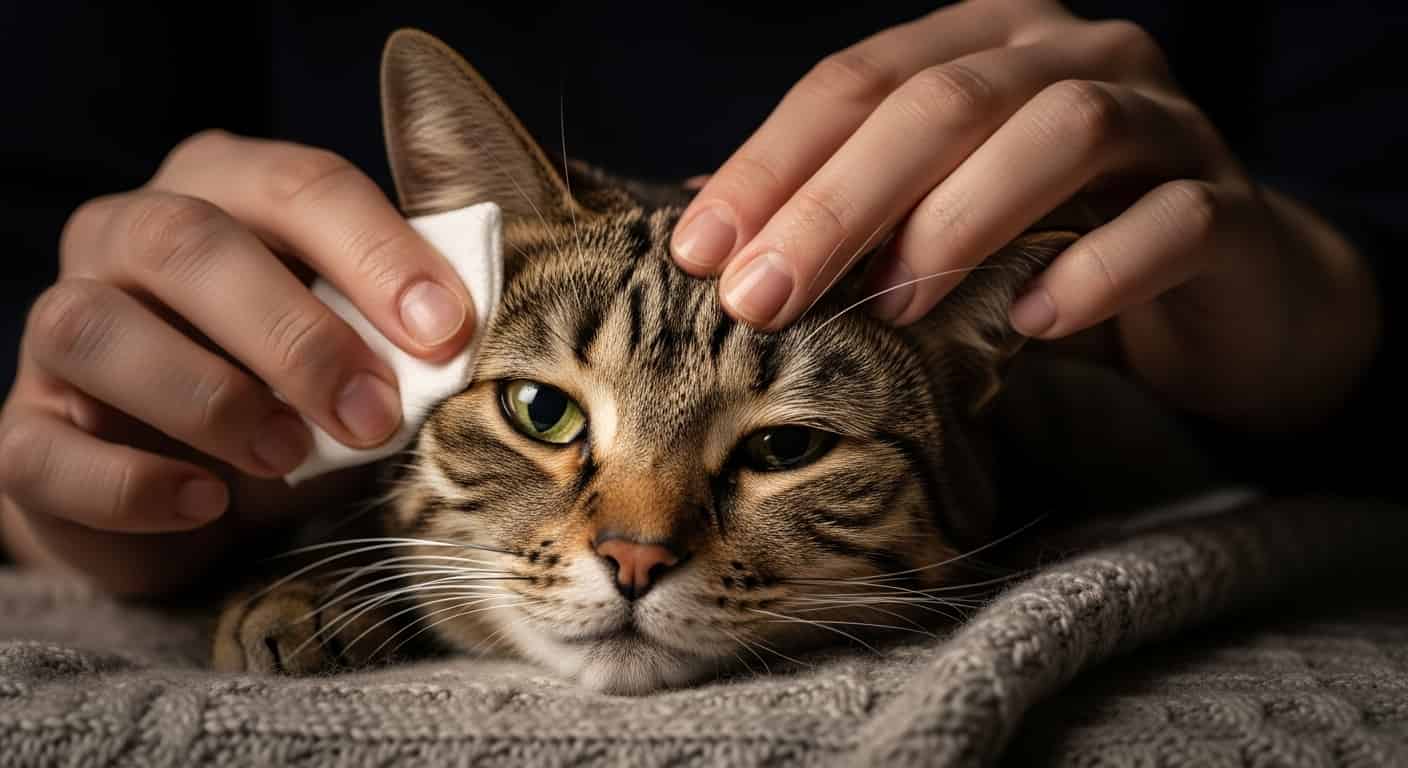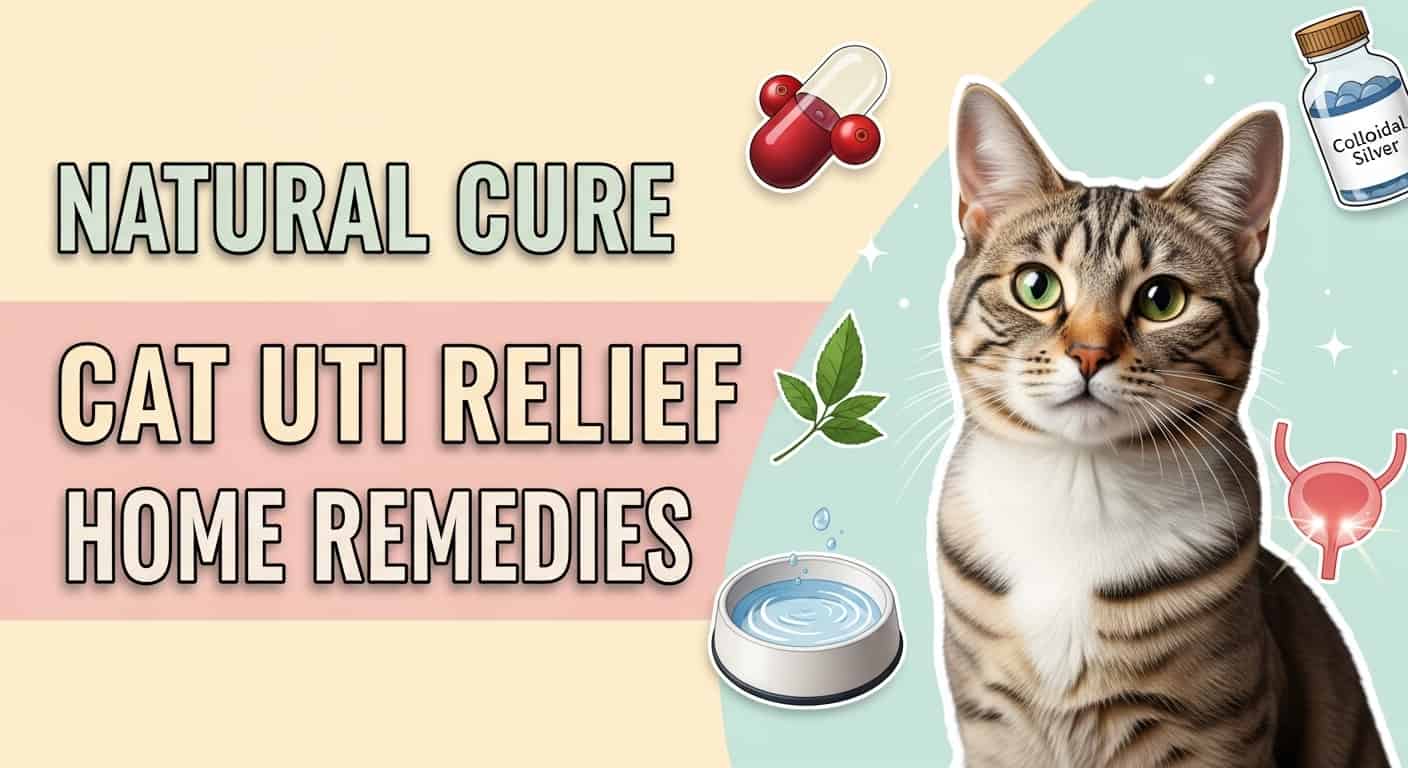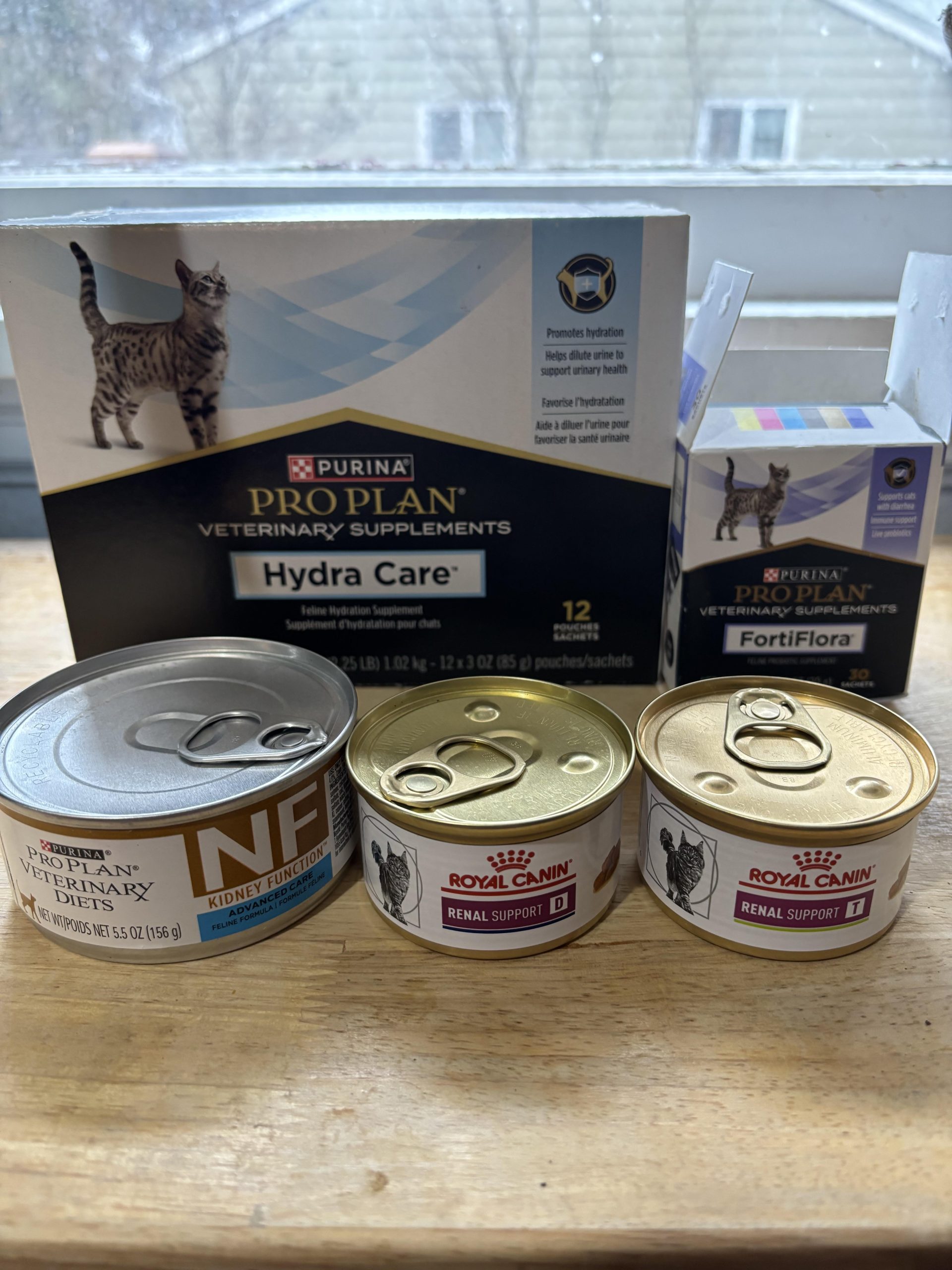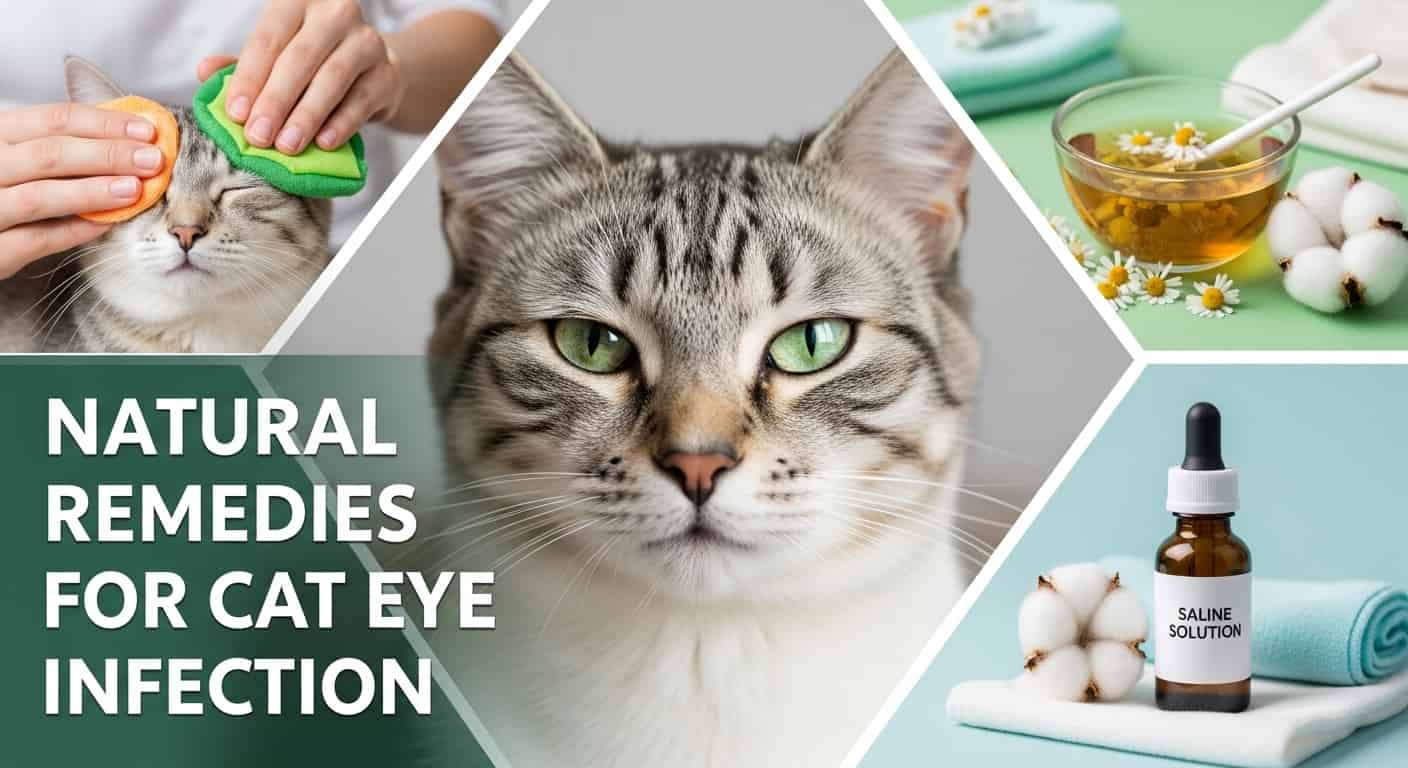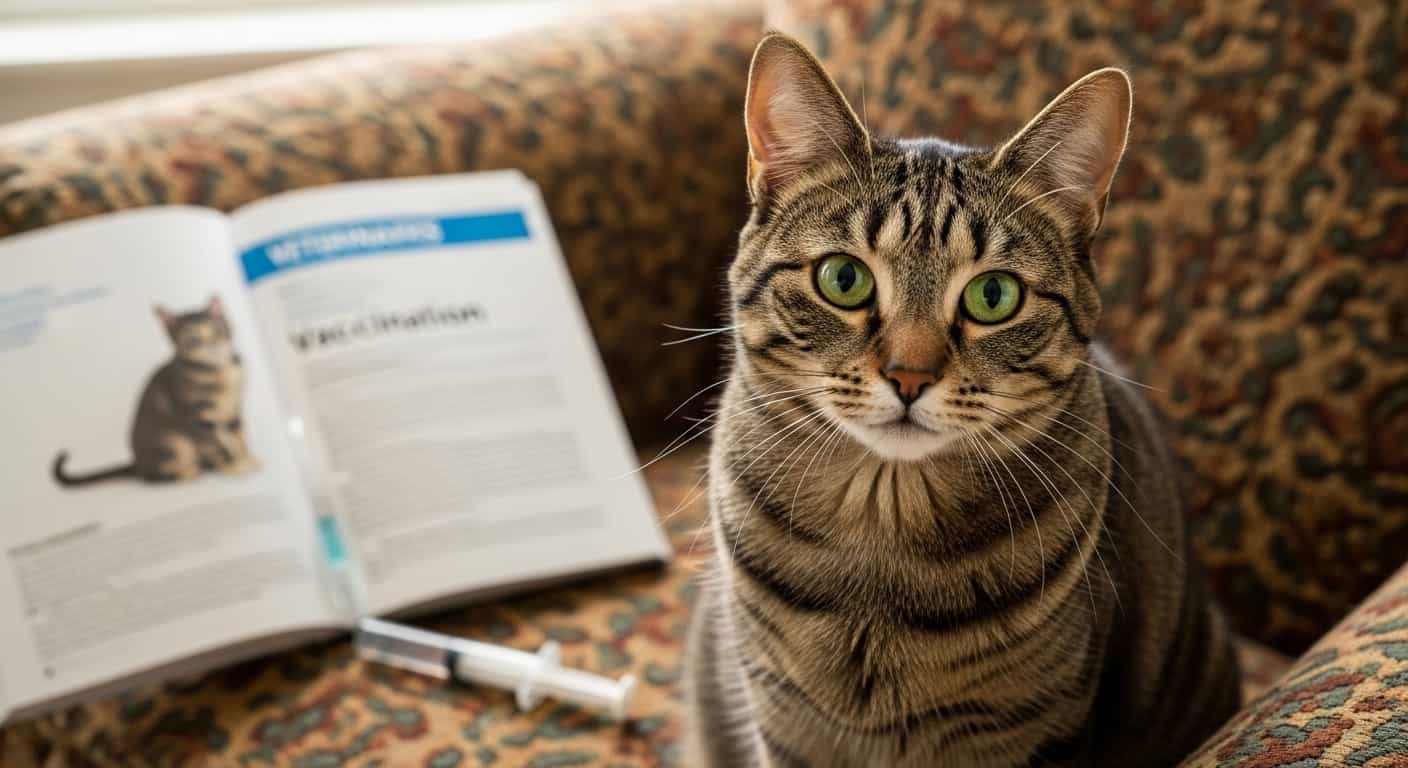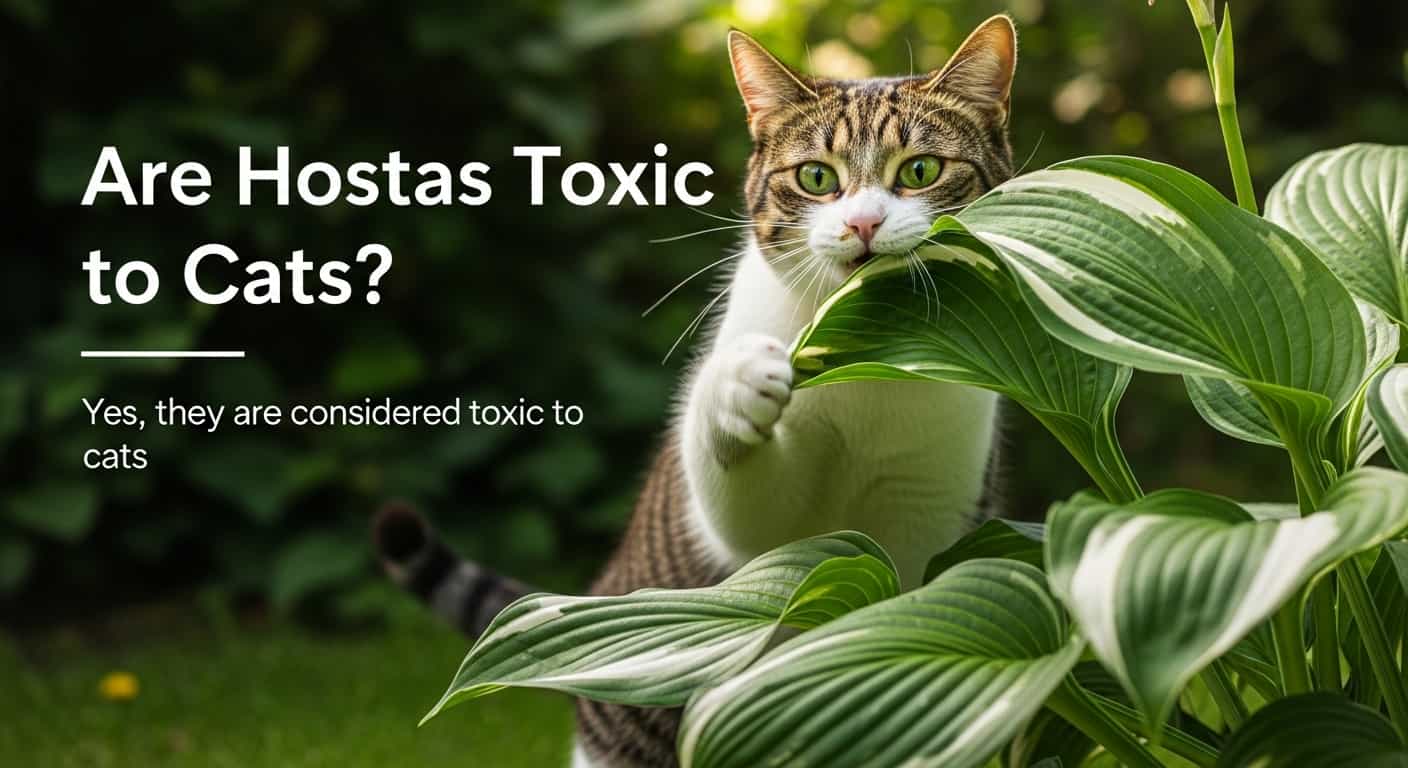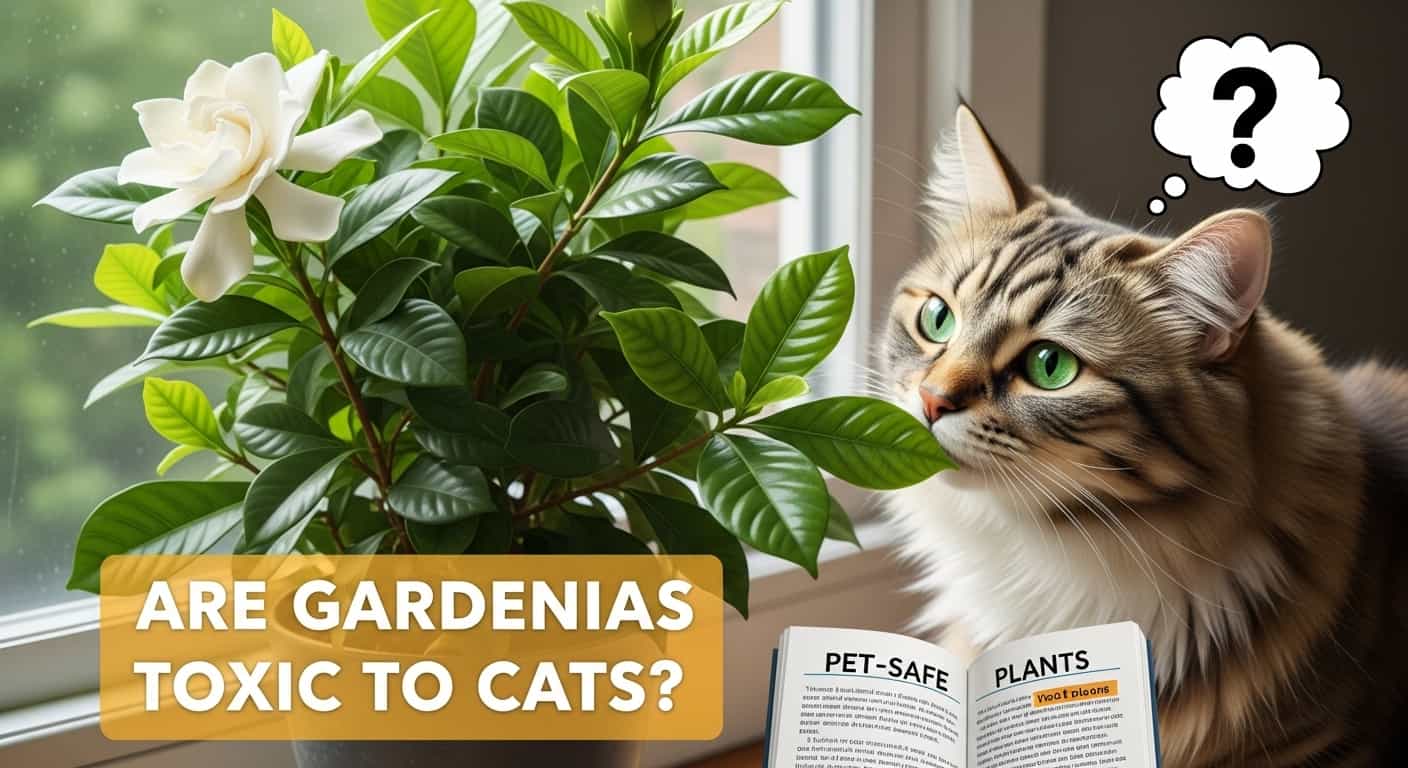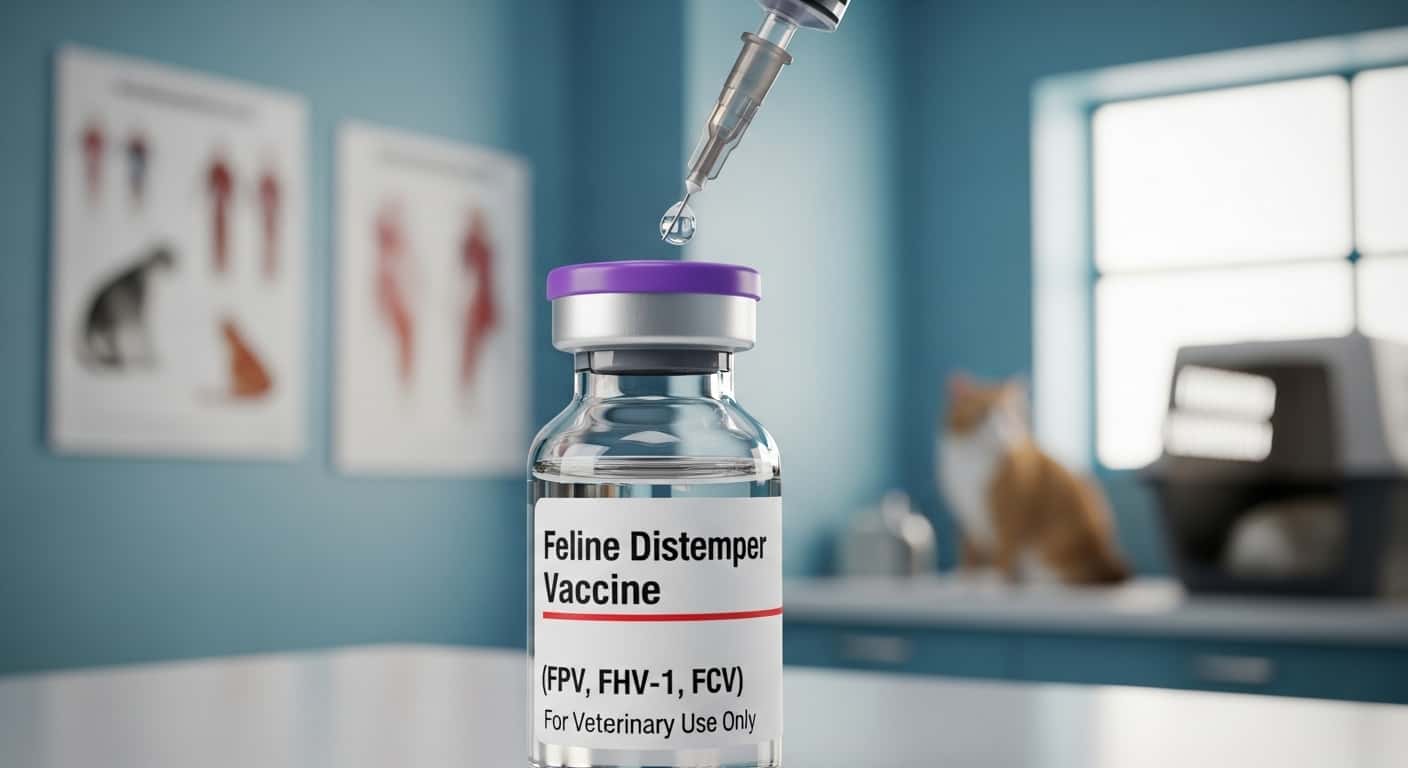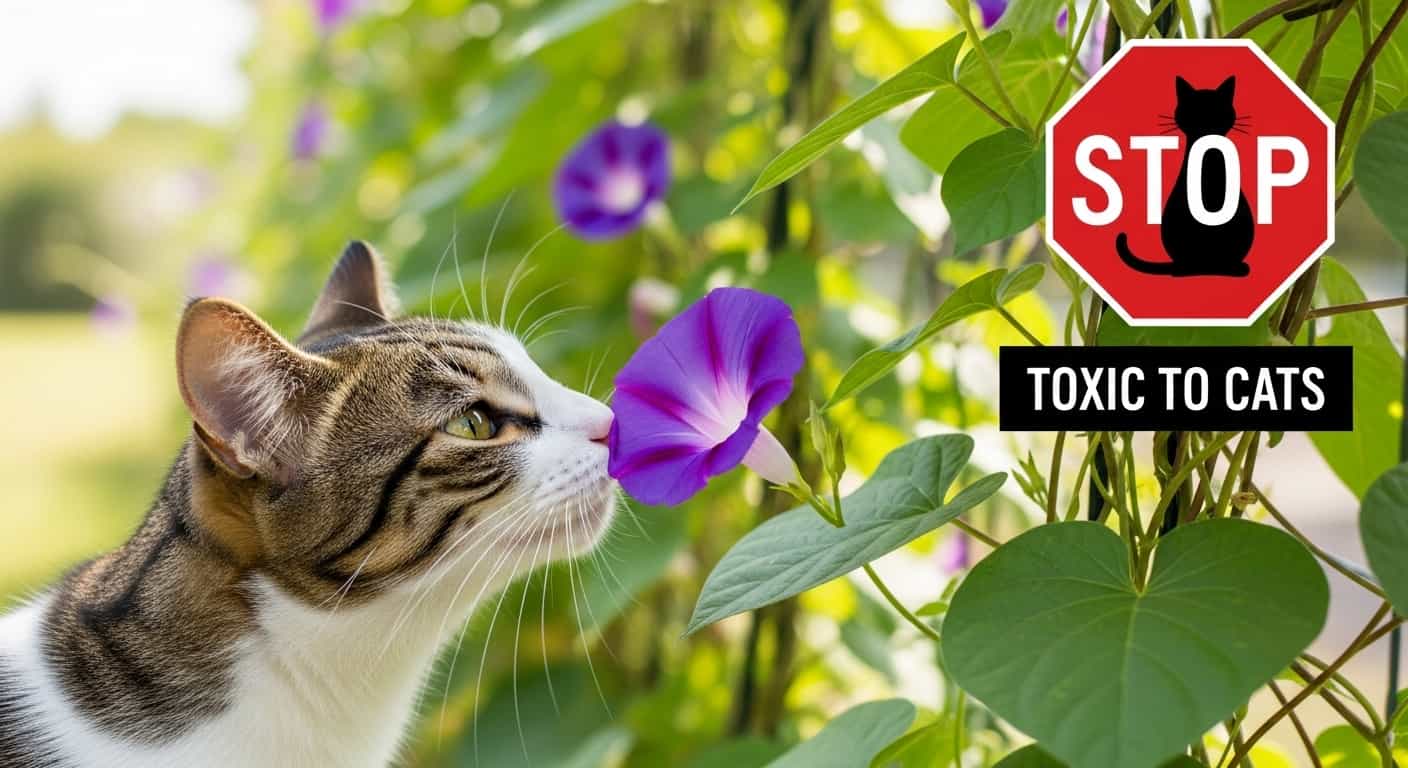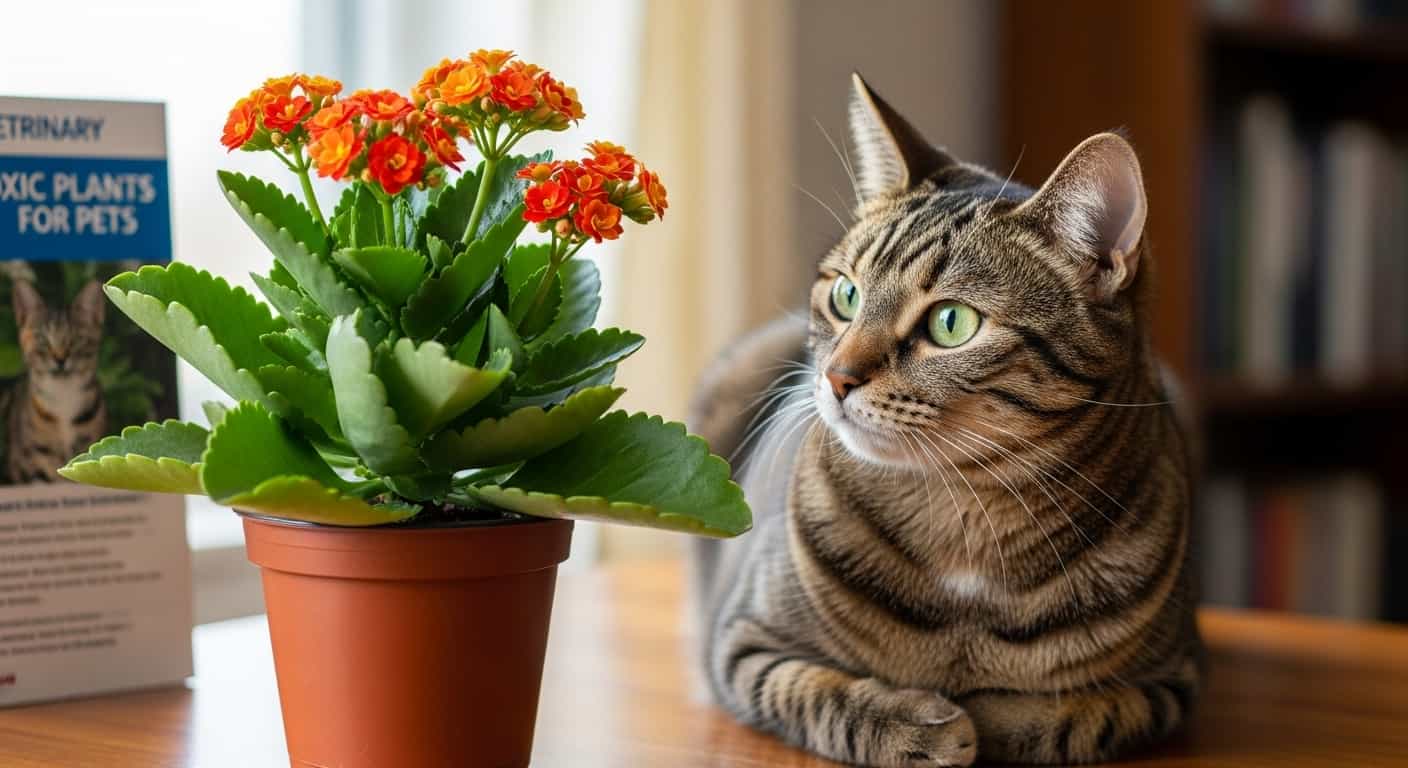Imagine your playful cat wandering in your garden, where vibrant violas bloom. As a loving pet owner, you might wonder if these colorful flowers pose any risk to your feline friend.
Table of Contents
ToggleWhen it comes to your cat’s safety, every detail matters. You’re in the right place to uncover the truth about violas and their effects on cats. This is your guide to ensuring your garden remains a safe haven. By the end of this article, you’ll feel confident about the choices you make for your beloved pet.
Keep reading to discover what every cat owner should know about violas.
Violas: Plant Characteristics
Violas are generally non-toxic to cats, making them safe for households with feline companions. These colorful plants add vibrant beauty to gardens without posing a risk to your pet’s health. Although harmless, monitoring your cat’s interactions with garden plants is always a good practice.
Violas are charming flowers that grace many gardens with their vibrant colors and sweet fragrance. They are often admired for their delicate blooms, and many people enjoy adding them to their outdoor spaces. But as a cat owner, you might wonder if these lovely plants pose any risks to your feline friend.Common Types Of Violas
Violas come in a wide array of varieties, each with its unique appeal. The most popular types include the Viola tricolor, often known as “Johnny Jump Up,” and the Viola odorata, commonly called the “Sweet Violet.” Each variety brings its own splash of color, from deep purples to cheerful yellows. Have you ever noticed how violas can effortlessly brighten up a dull corner of your garden? Their varied colors not only attract people but also a variety of pollinators, making them a delightful addition to any outdoor setting.Growth Environment And Habits
Violas thrive in cool climates and prefer well-drained soil. They can often be found flourishing in the early spring or fall, when temperatures are milder. If you’ve ever planted them, you know they love a spot that gets morning sun and afternoon shade. These plants are typically low-growing, making them perfect for borders or ground covers. Have you ever tried pairing them with taller plants? They can create a stunning contrast in your garden. But what about their care? Violas are relatively low-maintenance, needing regular watering to keep the soil moist. This makes them an ideal choice for gardeners who want beauty without the fuss. Do you have violas in your garden? Observing how they interact with your garden ecosystem can be both fascinating and rewarding. As you care for these beautiful plants, consider your feline companions and ensure they can enjoy the garden safely too.Here's a related post that you might find useful. Are Gerbera Toxic to Cats: Essential Safety Guide
Cats And Plant Interaction
Have you ever noticed your cat’s fascination with plants? Cats and plant interaction can be quite intriguing. This behavior often puzzles cat owners, especially when their furry friends start nibbling on leaves or batting at petals. Understanding why cats are drawn to plants and which common plants can be harmful to them is crucial for ensuring your feline friend’s safety.
Why Cats Are Drawn To Plants
Have you ever caught your cat sniffing or even chewing on your houseplants? You’re not alone. Cats are often attracted to plants for several reasons. Some cats enjoy the texture of leaves and stems. Others might be drawn to the scent or movement of the plant. Curiosity plays a big role, as cats are naturally inquisitive creatures. Additionally, certain plants can mimic the texture or smell of grass, which cats instinctively chew on to aid digestion.
Think about your own cat’s behavior. Do they have a favorite plant they always gravitate towards? It’s fascinating how each cat can have unique preferences. But here’s a thought-provoking question: should you allow your cat to indulge in their plant fascination, or is it a risky behavior?
Common Plants Harmful To Cats
While some plants are harmless, others can pose serious threats to your cat’s health. Did you know that lilies are extremely toxic to cats? Even a small nibble can cause kidney failure. Tulips and azaleas are also dangerous. The toxic nature of these plants can lead to symptoms like vomiting, lethargy, and even death. You might think about creating a safe plant space in your home.
Consider the plants you currently have. Are any of them known to be harmful to cats? A quick check can save you from a potential emergency vet visit. You might be surprised at how many common household plants are toxic to cats. It’s worth researching and ensuring your home is a safe haven for your beloved pet.
Here's a related post that you might find useful. Cat Swollen Eye Treatment at Home: Easy Remedies for Quick Relief
Toxicity Of Violas
Violas are beautiful flowers, admired for their vibrant colors and delicate appearance. Despite their charm, they pose a risk to feline friends. Understanding the toxicity of violas is crucial for cat owners. Cats are curious and might nibble on plants, including violas. This curiosity can lead to health concerns.
Toxic Components Of Violas
Violas contain compounds that can be harmful to cats. The primary toxic components in violas are saponins. Saponins are chemicals found in many plants. In violas, these can irritate a cat’s digestive system. Cats are sensitive to even small amounts. This sensitivity makes violas a potential danger.
Symptoms Of Viola Ingestion In Cats
If a cat eats violas, watch for specific signs. Vomiting is a common symptom. Cats might also experience diarrhea. Another symptom is drooling. Lethargy can occur as well. These symptoms indicate possible poisoning. Early detection helps manage the situation. Consult a vet if these symptoms appear.

Credit: ferrymorse.com
Safety Measures For Pet Owners
Violas are mildly toxic to cats. Chewing on these flowers might cause stomach upset. Keep violas out of reach. Always consult a vet if your cat ingests any unfamiliar plants. Safety first for your furry friends.
Creating A Cat-safe Garden
Creating a cat-safe garden doesn’t mean sacrificing beauty. You can still enjoy lush greenery and colorful blooms by choosing non-toxic plants. Begin by researching and identifying plants that are safe for cats. Consider planting herbs like basil, rosemary, or catnip, which are safe for cats and can even be beneficial. Imagine the joy on your cat’s face when they discover their very own patch of catnip! Ensure your garden has barriers or boundaries to keep your cat away from any plants that might be toxic. Using chicken wire or decorative fencing can be both functional and aesthetic. Also, watch out for plants that cats can easily access from neighboring yards.Alternatives To Toxic Plants
There are plenty of beautiful, cat-friendly alternatives to toxic plants. Consider adding African violets or spider plants to your indoor collection. These plants not only brighten up your space but also keep your pets safe. If you love the look of violas, consider faux plants. High-quality artificial plants can mimic the vibrant colors and delicate petals of violas without any risk. You could also explore hanging baskets or vertical gardens for plants that might be out of reach for your curious cat. Hanging plants like Boston ferns or air plants can add greenery without the worry of ingestion. Have you ever thought about how your choice of plants impacts your cat’s well-being? By making informed decisions, you create a safe and happy environment for your beloved pet.Emergency Response For Toxicity
Violas may be beautiful, but they can be harmful to cats. Knowing how to act quickly is essential. If your cat consumes violas, immediate action is necessary. Quick responses can prevent serious health issues.
Immediate Actions To Take
First, stay calm. Panic won’t help your cat. Remove any remaining violas from your cat’s reach. Rinse your cat’s mouth gently with water. This can help remove any residue. Check for symptoms like vomiting or drooling. These signs indicate possible poisoning. Keep your cat calm and comfortable.
When To Consult A Veterinarian
If symptoms appear, contact a vet immediately. A professional can provide guidance. They may ask you to visit the clinic. Bring a sample of the plant if possible. This helps the vet identify the toxin. Even if symptoms are mild, a vet’s opinion is vital. Do not wait for symptoms to worsen. Fast action can save your cat’s life.

Credit: www.aspcapro.org
Expert Insights On Cat Safety
Understanding the safety of houseplants is crucial for pet owners. Violas are popular plants known for their vibrant colors. But are they safe for cats? Expert insights help us navigate this concern. Let’s delve into advice from veterinarians and safety recommendations for your furry friends.
Veterinarian Advice
Veterinarians advise caution with all plants around cats. Cats explore with curiosity, often nibbling on leaves and flowers. While violas are not typically toxic, reactions can vary. Some cats may experience mild irritation or upset stomachs. Veterinarians suggest observing your cat’s behavior around violas. If you notice any unusual symptoms, contact your vet immediately.
Pet Safety Recommendations
Creating a safe environment for your cat is essential. Keep violas out of reach or consider using hanging baskets. Monitor plant placement, ensuring it is inaccessible to curious paws. If your cat shows interest in plants, offer safe alternatives like cat grass. Educating yourself on plant safety helps protect your feline friend. Regular checks and adjustments can prevent potential hazards.

Credit: www.picturethisai.com
Frequently Asked Questions
Are Violas Harmful To My Cat?
Violas are generally not toxic to cats. However, it’s best to monitor your pet’s behavior around them. If your cat ingests large amounts, consult your veterinarian for advice.
Can Cats Eat Violas Safely?
Cats can nibble on violas without major concerns. However, excessive consumption might cause mild gastrointestinal upset. Always ensure your cat has a balanced diet and avoid overexposure to any plant.
What Symptoms Show If A Cat Eats Violas?
If your cat eats violas, watch for mild vomiting or diarrhea. These symptoms are usually self-limiting. If symptoms persist or worsen, seek veterinary assistance to ensure your cat’s health.
Should I Keep Violas Away From My Cat?
While violas are not highly toxic, it’s wise to keep them out of reach. Cats might be curious and overeat, leading to mild discomfort. Providing alternative safe plants can keep your cat entertained and healthy.
Conclusion
Violas bring beauty to gardens but concern for cat owners. They contain compounds that may harm cats if ingested. Always keep your feline friends safe by ensuring they don’t eat violas. Monitor your garden and remove any tempting plants. If your cat shows signs of illness, consult a vet immediately.
Being proactive protects your cat’s health. Choose pet-friendly plants for peace of mind. Your pet’s safety comes first. Enjoy gardening while ensuring a safe environment for your furry companions. A little caution goes a long way in preventing potential risks.
Happy and safe gardening!

